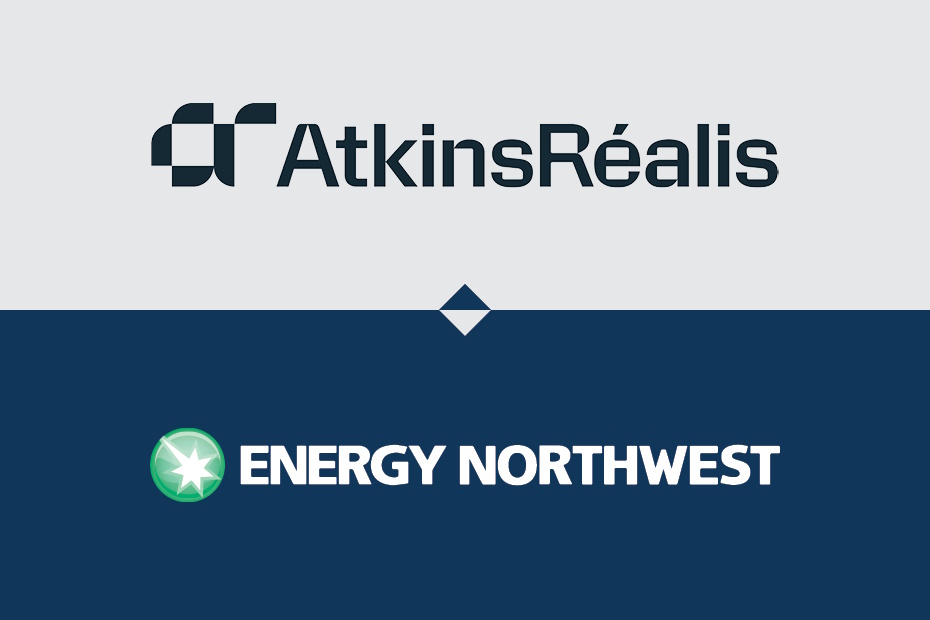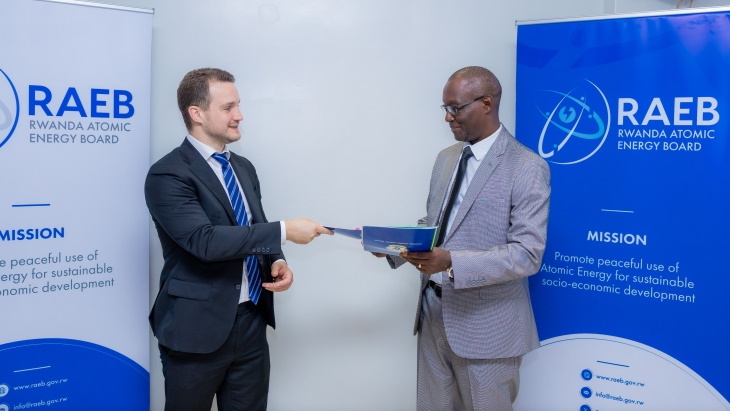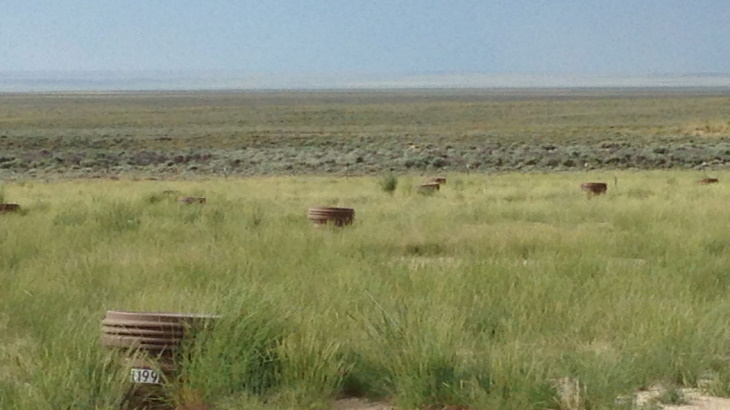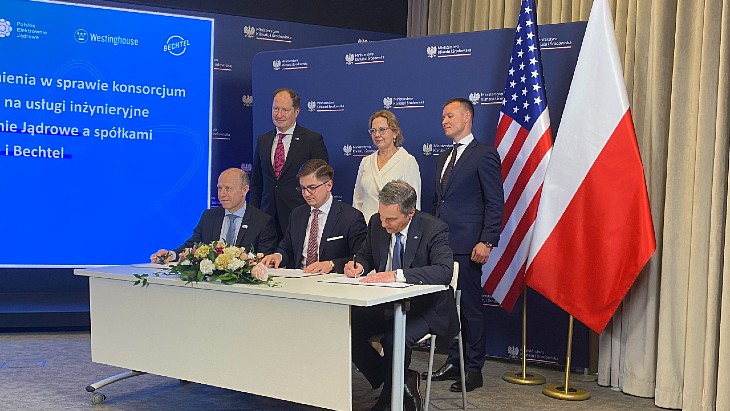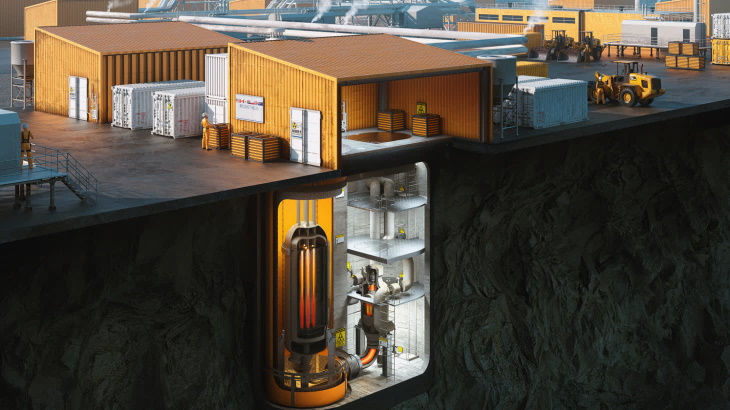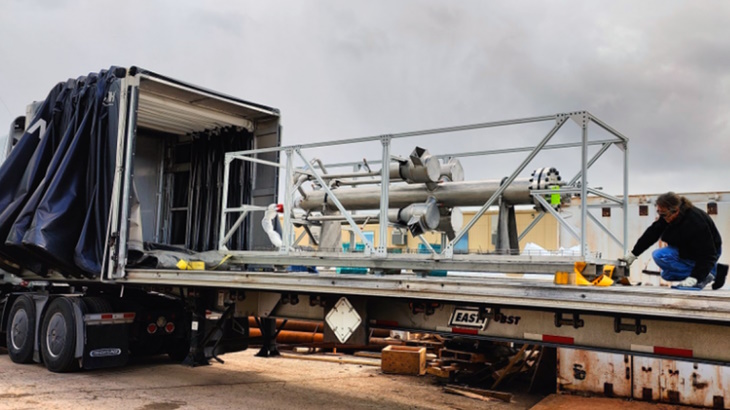Turkey has a long-standing dream of going nuclear since the 1960s, having ventured five different attempts, with almost all Western companies including the Americans, Canadians, French, German and Japanese. None of these initiatives - except the one now in progress with the Russians - has resulted in any tangible progress for political and economic reasons.
Of course, Turkey is to blame for some of these failures stemming in large measure from its poor commercial calculations, done with Westinghouse, Mitsubishi, AECL, Framatome, Siemens and others. However, there is also some suspicion that the nuclear projects are not only about improving Turkey’s energy supply, but also about building national capacity for a future military nuclear option. Hence, the conspiracy theorists believe that there has always been a “hidden hand” determined to keep Turkey from nuclear energy technology.
The link between nuclear weapons and civil nuclear power is often denied by the nuclear energy industry. TÜBİTAK has some nascent capacity in this regard. Turkey has also been operating a small Triga research reactor at the Istanbul Technical University since 1979, the year when Ankara ratified the NPT. It is regulated by the Turkish Atomic Energy Authority. Turkey also joined safeguards agreement with the IAEA in 1981.
Better commercial fundamentals
The nuclear assertion is often deployed to support Turkey’s strategic objective to reduce its heavy dependence on fossil fuels imports – 98 percent in natural gas and 93 percent in oil, thus achieving its sustainable growth and energy security. Few would question the nuclear power to represent around 10 percent in the country’s energy mix, if well managed environmentally and financially engineered, alongside the fossil fuels and renewables. Yet, nuclear energy is not a panacea, entirely free of foreign dependence either by virtue of technology, finance, enriched uranium and waste management.
The 4800 MWe Akkuyu plant, sealed and vigorously pursued at the highest levels by presidents Recep Tayyip Erdoğan and Vladimir Putin, is expected to have an operational life of 60 years, with an extension period of 20 years. It is expected to generate approximately 35 billion kWh of electricity a year, once operational.
Akkuyu Nuclear was formed by Rosatom in 2011. Today, the Rosatom ownership in Akkuyu Nuclear is held by Rusatom Nuclear International JSC, a company of Rosatom, with over 99 percent stake-holding in the Turkish company. Rosatom has agreed to completely fund and arrange financing for the project development, but can also bring in other international equity investors as the project’s commercial viability has significantly been enhanced.
Management
Technology-wise, there has been a lingering doubt among Akkuyu’s sceptics. It is, however, not known well that Rosatom has strategic partnerships with several western groups. Turbine Technology AAEM, a joint venture between Atomenergomash and General Electric, and Alstom Power Systems are for example responsible for the steam turbine equipment for Akkuyu. Atomenergoproekt is the project designer, while OKB Hydropress designed the nuclear island of the power plant. Assystem will supervise the construction facilities and provide site inspection services during construction and installation phases.
On the Turkish side, Cengiz İnşaat is supplying hydraulic engineering structures for the plant under a turnkey contract. A joint venture of the Russian “CONCERN TITAN-2” JSC and the Turkish construction company İC İçtaş İnşaat Sanayi ve Ticaret A.Ş. was signed in July 2019 for engineering, procurement of equipment and construction of Akkuyu NPP facilities has been signed.
For the first 15 years of each unit operation, respectively, Turkish Electricity Trade and Contracting has agreed to purchase 70 percent of the electricity generated by the first two units and 30 percent from that produced by the other two units. The remaining electricity will be sold in open market. There is a comprehensive capacity building program for Turkish graduates and engineers.
Another two in the pipeline?
The Turkish nuclear ambition is not confined to the Akkuyu plant. There are two more proposals on the table.
One in Sinop on the Black Sea coast was signed with a consortium led by Mitsubishi Heavy Industries and Areva, and with the involvement of Itochu and Engie, which proposed four Atmea1 reactors with a total capacity of about 4600 MWe, as well as a 1.7 billion euro nuclear technology center. EUAS intended to take a 35 percent stake in the project company, with the balance shared among Mitsubishi, Itochu and Engie. Yet, this project has not moved beyond the pre-feasibility stage, with international groups decided to pull out of the project.
As part of 100 GWe required by 2030, the third planned project - a four-unit nuclear power plant - will be in İğneada in Kirklareli province on the Black Sea, 12 km from the Bulgarian border, as confirmed in October 2015 with the State Nuclear Power Technology Corporation of China and Westinghouse. There is no practical progress yet in moving forward with this project either.
All in all, the only certainty, among the three nuclear projects, is with the Mersin Akkuyu, which remains the unique “nuclear energy game” in town.
